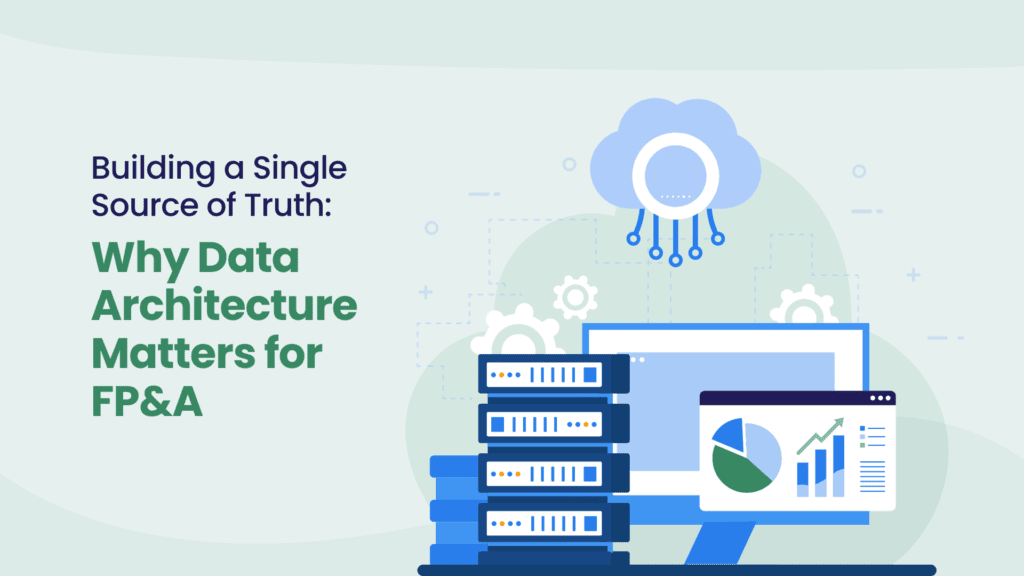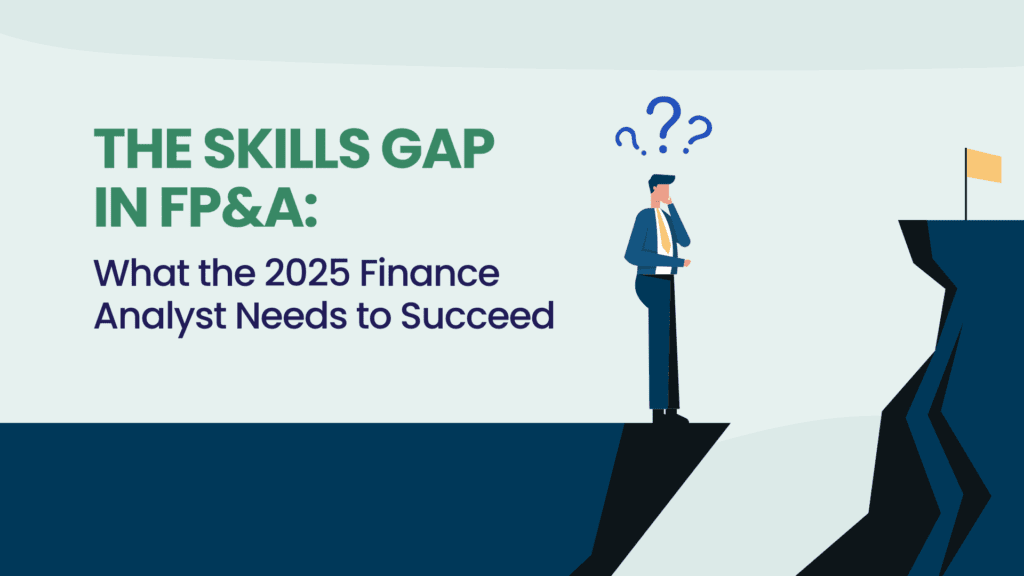Building a Single Source of Truth: Why Data Architecture Matters for FP&A

When managing the construction of an Olympic Games, there’s no room for “multiple versions of the truth.”
As Head of Enterprise Performance Management for the London 2012 construction programme, their role was to ensure that every stakeholder — including the Department for Culture, Media and Sport, the Mayor of London, the International Olympic Committee, and even the press — had access to a consistent, accurate, and unified account of the programme’s progress.
Data from the performance management system regularly ended up on the front page of the London Evening Standard. It had to be right, every time. If a number was questioned, it became a headline. If it was trusted, it became the basis for action.
That challenge — creating and maintaining a single source of truth — isn’t unique to billion-pound infrastructure projects. It’s the same challenge many FP&A teams face today.
The Cost of Data Silos
Many finance teams still spend more time reconciling numbers than analysing them. Disconnected ERP, CRM, HR, and operational systems create silos. Reports get built in Excel, definitions drift, and teams argue about which version of the KPI is “correct.”
They faced exactly this problem — multiplied by dozens of contractors, suppliers, and systems, each with their own data structures and performance metrics. Without a single integrated view, different stakeholders could (and did) tell very different stories about our progress.
What a Single Source of Truth Really Means
A single source of truth isn’t “one system to rule them all.” It’s a consistent, governed set of data available to everyone who needs it. That means:
- Common definitions for metrics and dimensions
- Data integrated from multiple systems into a unified model
- Governance processes that prevent drift or duplication
For London 2012, the integration layer pulled information from dozens of systems — everything from cost management software to programme schedules — and transformed it into consistent, comparable metrics inside a central performance management platform. “On budget” meant exactly the same thing whether you were a site engineer or a minister in Whitehall.
The Tech Foundations for Today’s FP&A Teams
Modern FP&A faces the same core challenge — but has far better tools:
- Integration Layers: Middleware, ETL/ELT tools, and connectors (e.g., Power Query, Azure Data Factory, Fivetran) that pull and transform data from disparate sources.
- Data Lakes & Warehouses: Central storage for structured and unstructured data that supports both reporting and analytics.
- Master Data Management (MDM): Processes and systems to maintain consistent key business entities — customers, products, accounts.
Emerging approaches like data fabric (a virtual layer connecting disparate data without physically moving it) and data mesh (decentralised, domain-owned data with shared standards) are making this even more scalable for large, complex organisations.
Why It Matters for FP&A
The trust built was as important as the numbers themselves. Without trust, decision-making stalls. With trust, action happens.
For FP&A, a single source of truth delivers:
- Faster reporting and forecasting cycles — less time reconciling, more time analysing
- Greater accuracy and trust — fewer disputes over the “real” number
- Enabler for AI and advanced analytics — models are only as good as the data feeding them
- Improved stakeholder confidence — both inside and outside the organisation
Common Pitfalls
- Thinking one system will solve everything — it’s more about architecture than buying “the magic tool”
- Skipping governance — integration without definitions is just chaos at scale
- Overcomplicating — architecture must serve clear business needs, not just technical elegance
Ready to Build Your Single Source of Truth?
A single source of truth isn’t just a technical achievement — it’s a foundation for stakeholder confidence and decisive action. Whether it’s delivering the Olympic Games or a quarterly forecast, the principles are the same: integrate, govern, and communicate consistently.
📅 Join the GrowCFO Tech Showcase on 24th September to explore the systems and integration strategies behind effective data architecture.
🚀 Then, take the next step with the FP&A Boot Camp starting in October, focused on building the people skills and processes to make your single source of truth a reality.
If stakeholders can’t trust the numbers, they can’t act on them. Fix that.





Responses